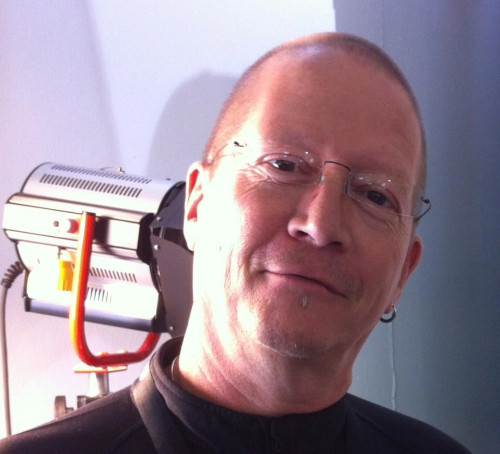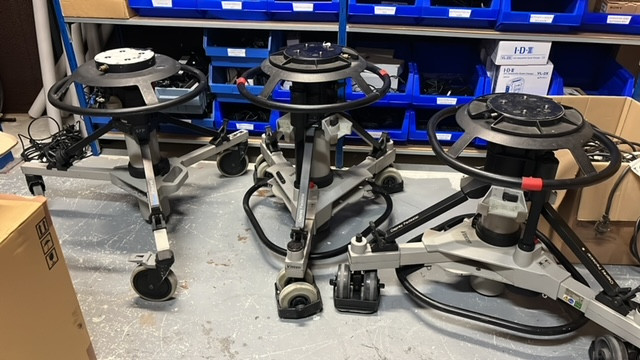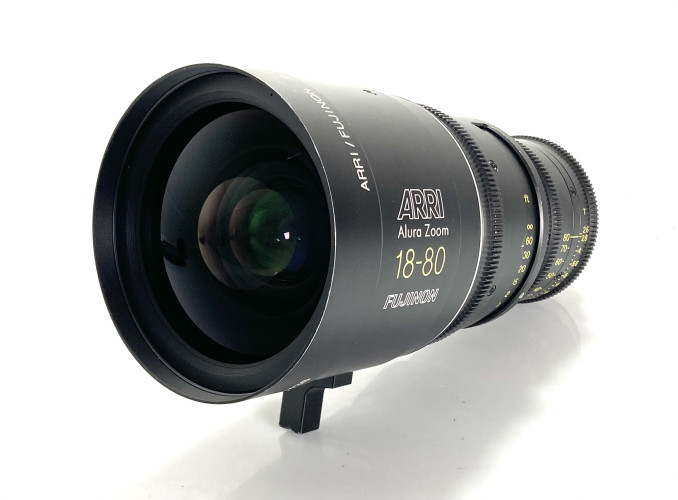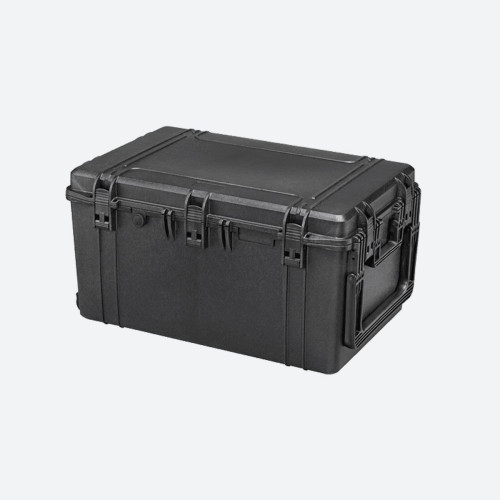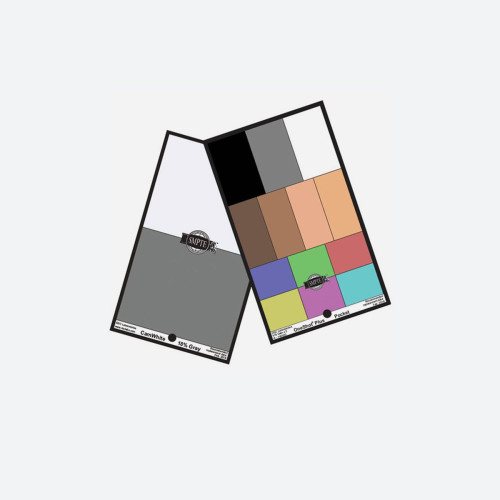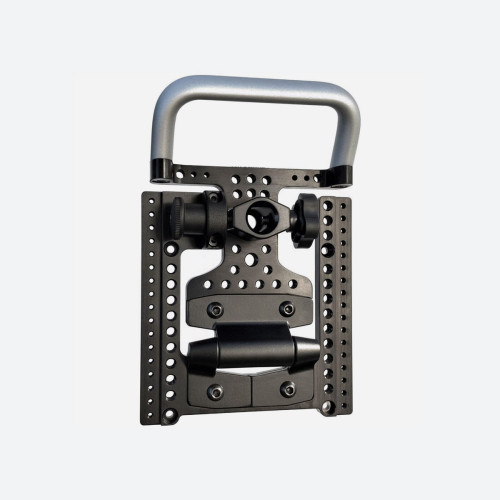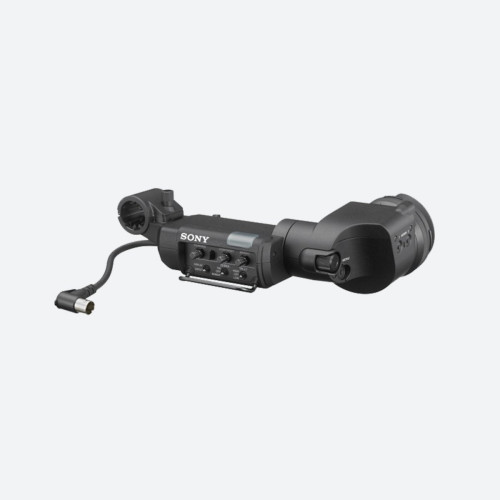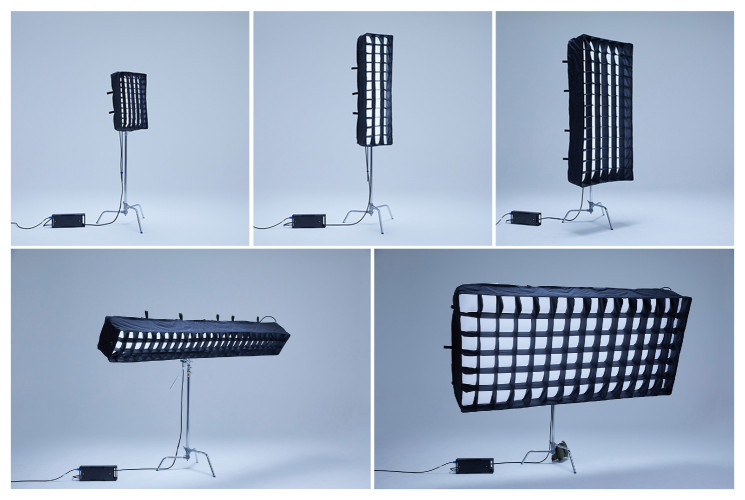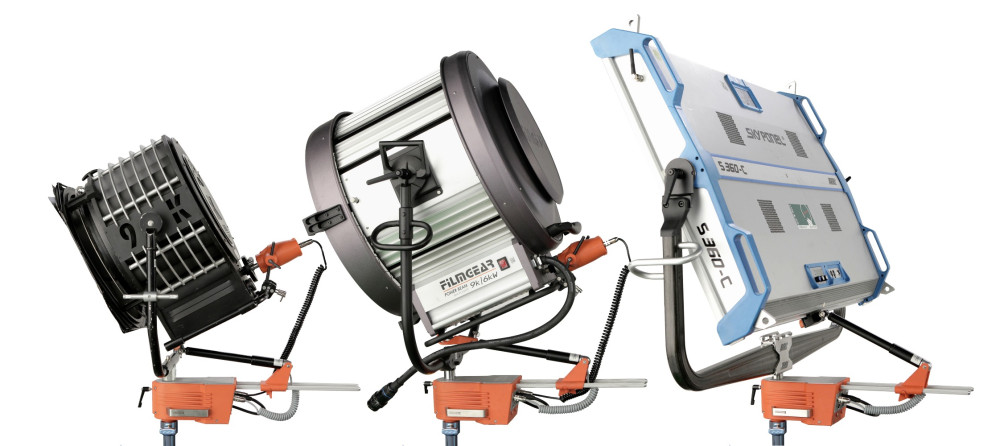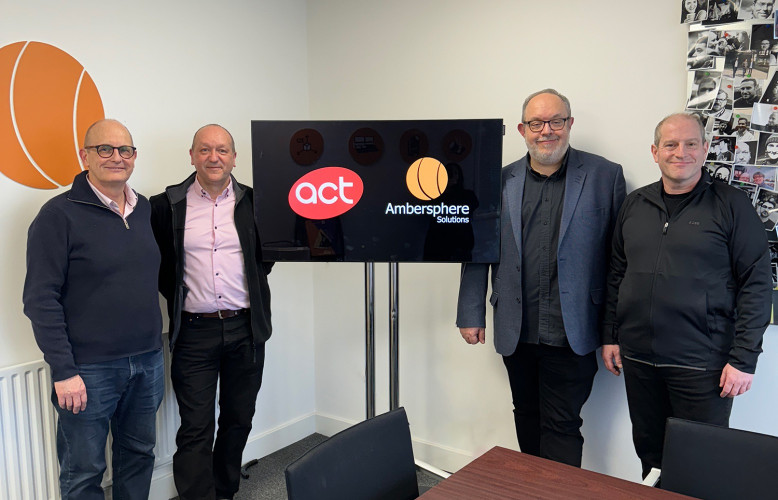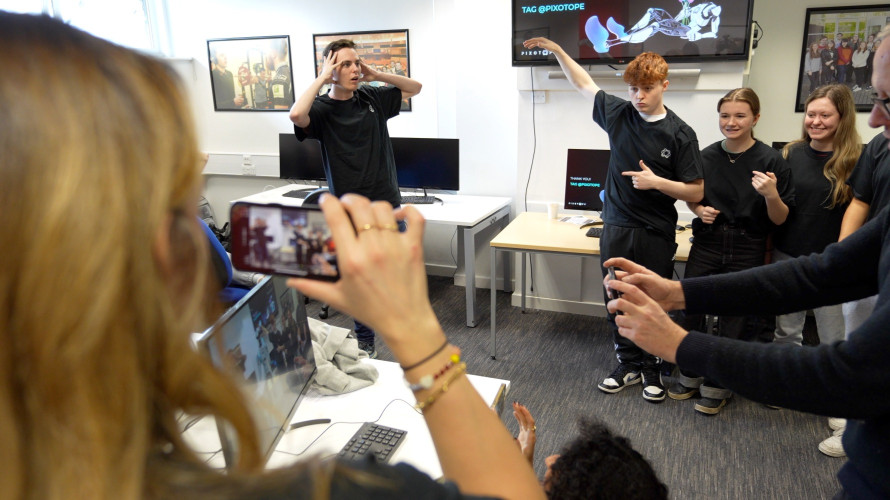by Mike Perry Issue 92 - August 2014
We often get asked why lighting for a virtual set is not working well. The client has fitted a virtual studio painted with domestic green paint and fitted with presumably suitable lights, but the camera just can’t get a decent image. Where’s it all going wrong? Well, to answer questions about lighting a virtual studio, we need to understand some basic principles about light.
The type of lighting you need depends on a multitude of factors, such as whether you want to simulate a natural or artifi cially lit scene. In the case of a natural scene, such as in daylight or a night sky, there is only one light source.
With artifi cial lighting, such as a city street, there are multiple light sources, often in different colours and intensities. Indoor and outdoor scenes also make a big difference. The quality of lighting will interact with the materials used for the greenscreen, which might require you to change the colour or intensity of various sources.
Colour is, of course, a critical element of lighting. You might think of light as ‘white’, but if you look around you’ll fi nd that light casts many different colours, even supposedly “white” light. For example, a tungsten light in your home emits a yellow hue with tints of orange. Department store fl uorescents emit a variety of pinks, blues and greens. All of this affects what you see bouncing back off ‘white’ goods or clothing. Speaking of clothing, some clothing will appear whiter than others because brighteners have been added to fabrics to make them appear to pop off the hanger, to be ‘whiter than white’. It’s a trick of chemistry specifi cally designed to take advantage of lighting choices, and it’s the same in a virtual studio.
If you are used to lighting properly for TV or fi lm you will be familiar with three-point lighting. It’s a very fl exible technique common in cinematography and photography, and it can be used to illuminate a subject in a virtual studio in the same way. Three-point lighting consists of three separate lights that are used to control the lighting, shading and shadows of the subject.
The Key Light is the main light source, it illuminates the subject the most and it defi nes the overall lighting design of the scene. Key light casts the strongest shadows to the subject and represents the main light source. In real life the main light source usually shines from above, so in a virtual studio it should be positioned above the face.
The Fill Light is less bright and is used to illuminate parts of the subject that cannot be reached by key light. Fill light is also softens the shadows of the key light and decreases the contrast of the subject’s surface.
By-the-way, the intensity of fill light is always much less than the intensity of key light, so that it only affects the diffuse characteristic of the surface.
Lastly, the Back (or Rim) Light is used to illuminate the edge of a subject from above and behind in order to separate the subject from the background. The back light can be very bright because it only highlights the edges of the subject and doesn’t compete with the key light. A back light is what helps to give a picture depth, and make the subject stand out from the background.
It’s often a good idea to test each of these light sources one at a time. If you turn them all on at once it can be difficult to work out how individual sources are affect the illumination.
In a virtual studio it’s useful to have the back lighting on the same levels as the screen lighting to help ensure that the subject doesn’t stray into the screen lighting, thereby creating unwanted shadows.
When lighting full figure subject shots, the lighting for the subject should match the pitch, intensity, and angle of the source light in the background shots.
The type of lighting you use, whether Tungsten, Fluorescent or LED is largely irrelevant so long as it’s fit for purpose. In general, larger, softer sources are best for screen and the fill lighting, with smaller, more directional lighting for the keys and back lights.



